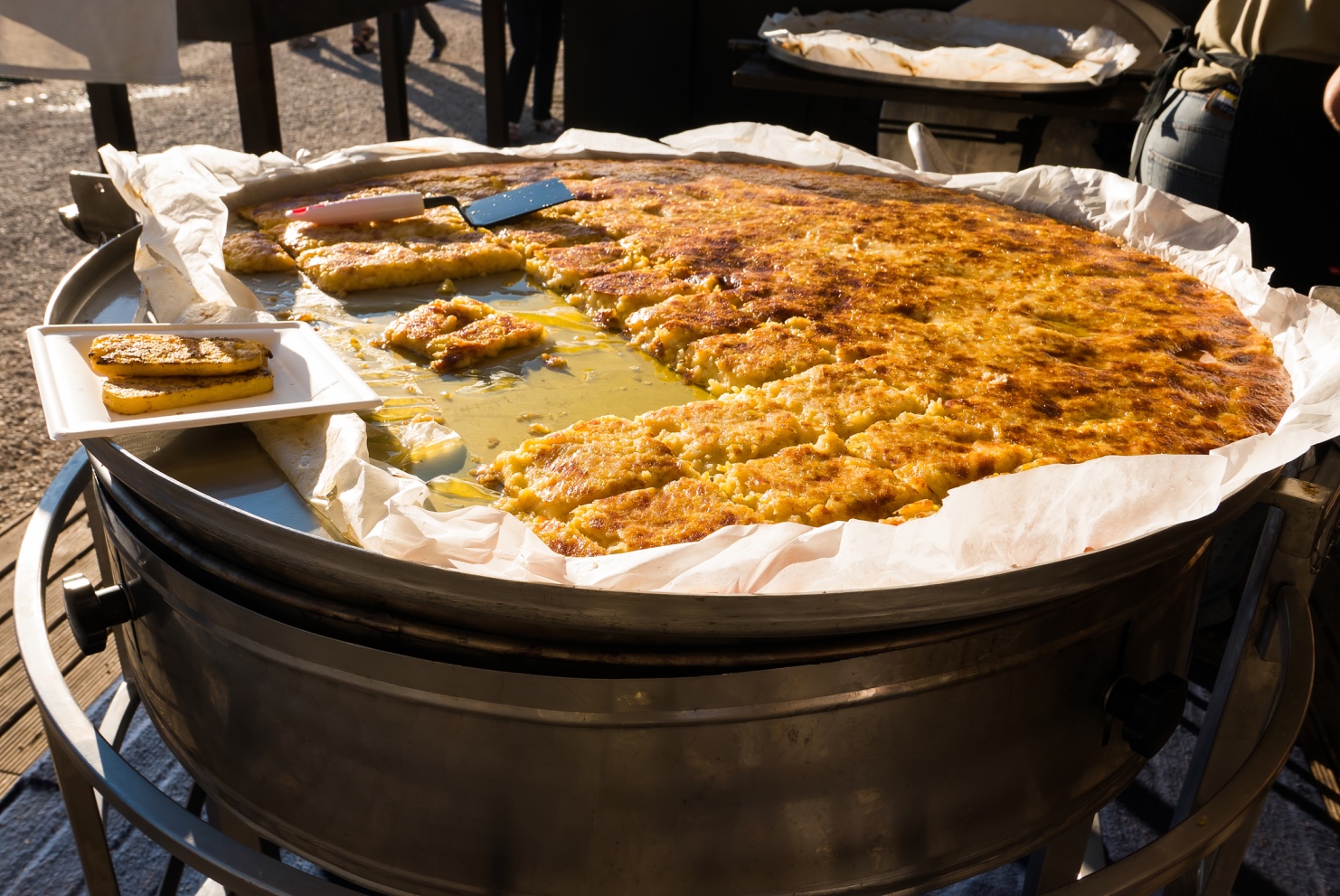Born Domenico Gebbia in Palermo, Sicily in 1886, Domenic Jebbia immigrated to the United States at age six, and arrived in California in 1925. Jebbia established the West Coast Banana Distributing Company at the Los Angeles Produce Market, and because of the fortune he amassed in the trade, Jebbia became known as the “Banana King”.
Domenico Gebbia
Domenico Gebbia
Jebbia remained a simple and unpretentious man, despite his status as one of the region’s wealthiest men. In the 1920s, Jebbia requested to join the lavish Midwick Country Club, which was located at the border of Monterey Park and Alhambra, adjacent to Jebbia’s 18-acre, hilltop mansion. The club’s initiation fee was an enormous $3,800, the cost of an average house at the time, while monthly dues were $22.50, which amounted to a week’s worth of earnings for most workers. Midwick’s membership was extremely selective and reserved for whites only; Will Rogers, Walt Disney and Spencer Tracy were amongst the “who’s who” commonly seen playing polo at the club. For reasons unknown, Jebbia’s application for membership was denied.
The Great Depression changed everything, and by 1941, the club defaulted on a loan and was sold at auction. The purchaser? Domenic Jebbia. Clad in overalls, he purchased the 200-acre club with $178,000 in cash, bundled together in wads, and stuffed into his pockets. Jebbia renamed the club the Southern California Golf Club, and incredibly, sold hot dogs on the ninth hole during weekends. He also opened the club membership to anyone of good character. On May 3, 1944, the clubhouse was destroyed by fire, and Jebbia soon subdivided the property. He donated a portion of the land to the County of Los Angeles, which became Granada Park. Jebbia died in 1974 in Sun City, California.
The mission of the Italian American Museum of Los Angeles is to promote awareness of different cultural heritage of Northern California through research, historic preservation, exhibitions and educational programs that examine the history and ongoing contributions of Italian-Americans in the multi-ethnic Los Angeles and in the United States.


























